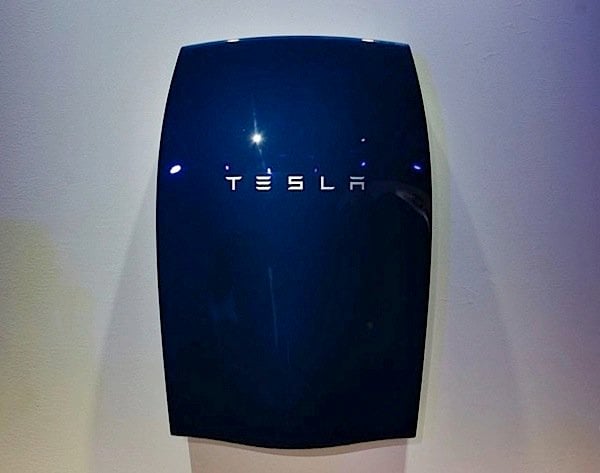Two Ontario cities are moving ahead with plans to incorporate utility microgrids in their traditional power grids. A microgrid is a small-scale local energy grid with its own power resources, generation and loads. Microgrids, can disconnect from the main power grid when necessary, as in a main power outage, and continue to operate autonomously. Microgrids have been set up to power single facilities, such as hospitals, as well as larger areas, such as a complete university campus.
The utility that serves 119,000 customers in the Ajax area, Veridian Connections, announced that it plans to create two residential microgrids in the second quarter of this year. One of the microgrids will generate 10 KWh of solar power and employ a 14KWh lithium-ion battery for storage. The other will use solar combined with a 7KWh Tesla Powerwall energy storage system. According to Opus One Solutions, which designed the software to run the microgrids, the system will minimize the cost of electricity under time-of-use rates.
The president and CEO of Veridian, Michael Angemeer, said that the planned residential microgrids provide an ideal opportunity for integrating renewables and take the utility a step further toward adding all types of microgrids, to the benefit of both Veridian and its customers.
Earlier, the city of Sault Ste. Marie said it was requesting proposals for economic analysis of a planned microgrid. The city’s utility company, PUC Services, has been working on the project since 2013. Sault Ste. Marie, a city with a population of 75,000, already generates 189 MW of green electricity from a wind farm, as well as almost 400 MW of hydroelectricity and 60 MW from a solar installation. A combined heat and power plant provides another 70 MW.
The Sault Ste. Marie utility, according to Microgrid Knowledge, has already determined that a microgrid would reduce system voltage and improve efficiency and reliability. It will do this by incorporating voltage regulation technology to allow it to reduce distribution voltage at will. Voltage reduction reduces energy consumption, and therefore saves customers money on their energy bill. Voltage optimization, meanwhile, improves distribution system efficiency. Demand management gives the utility to control customer energy consumption at peak demand times.

































